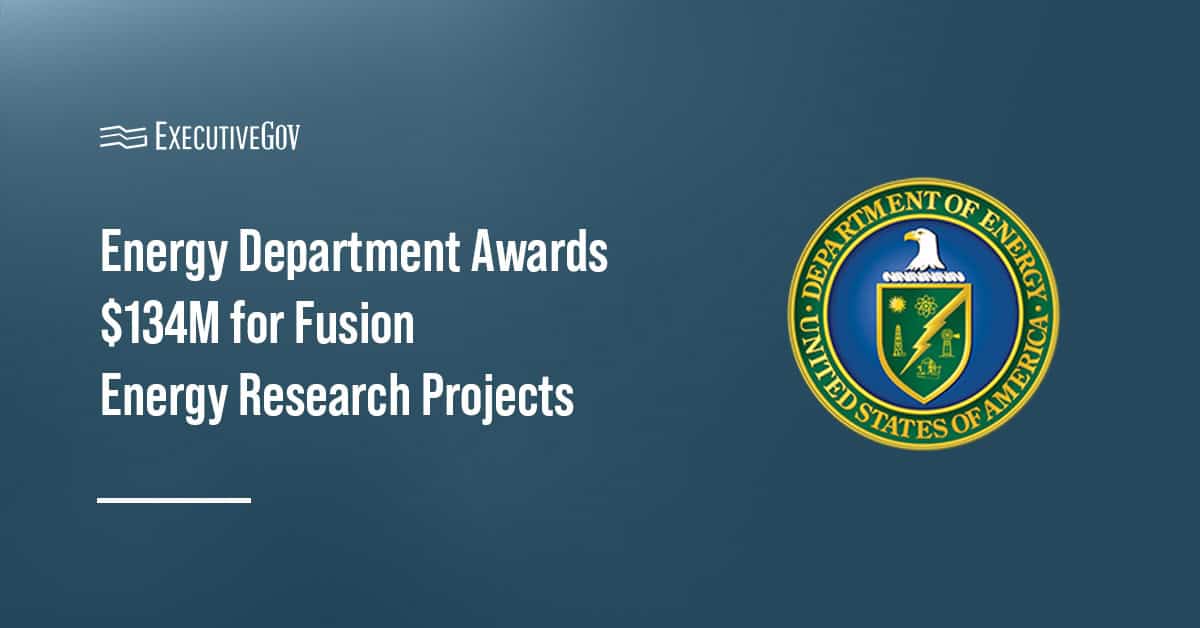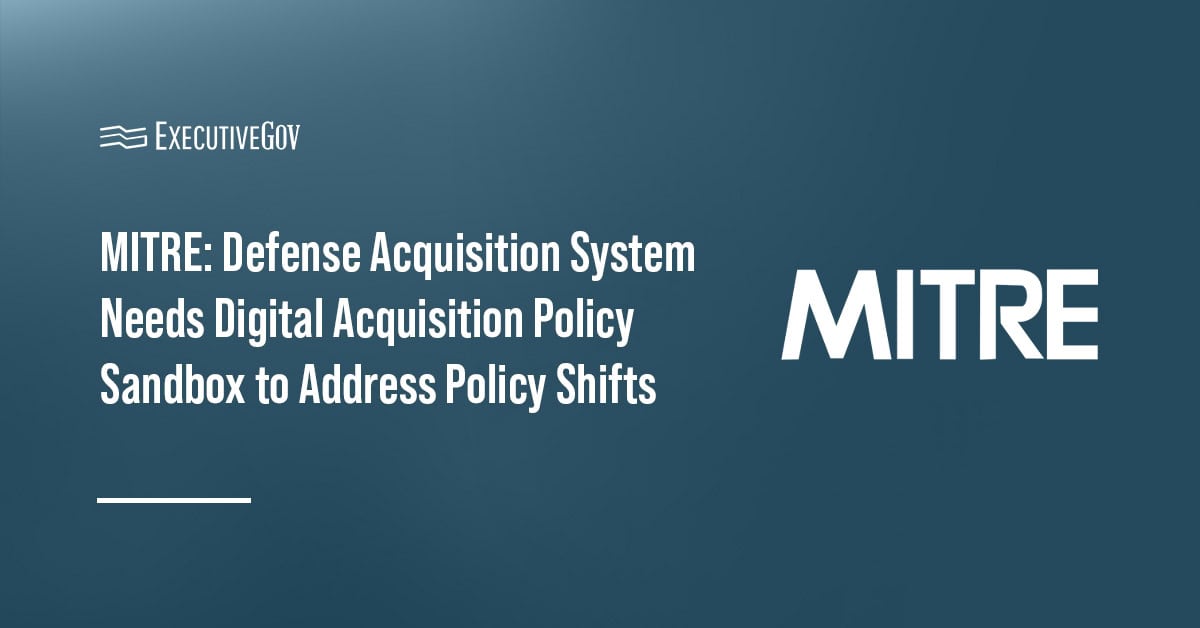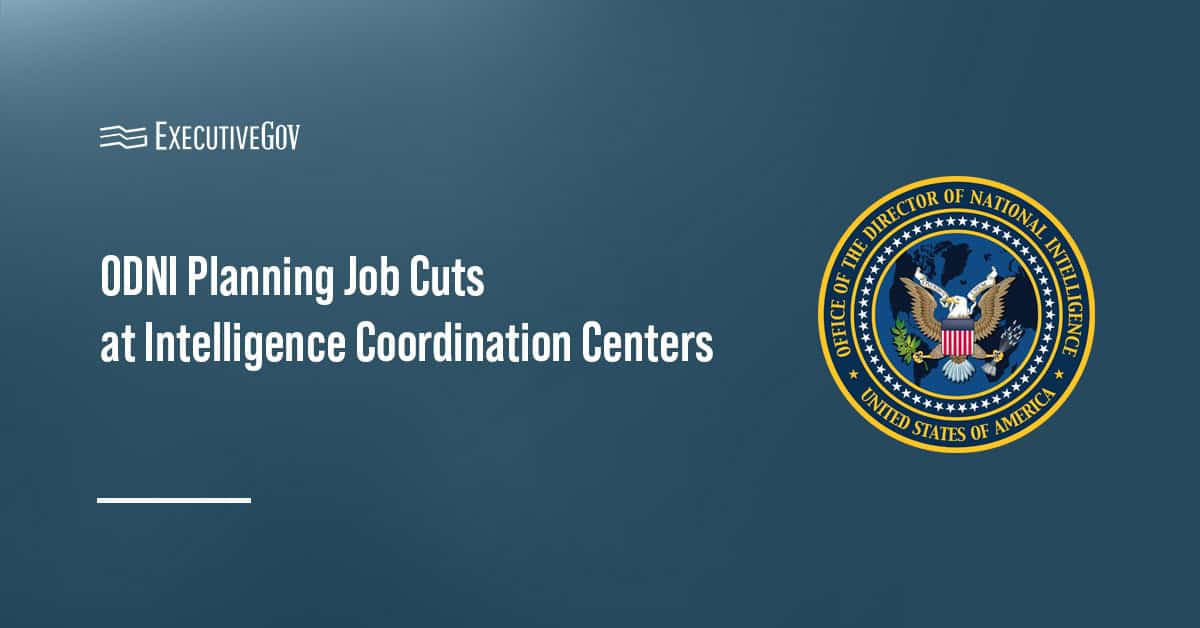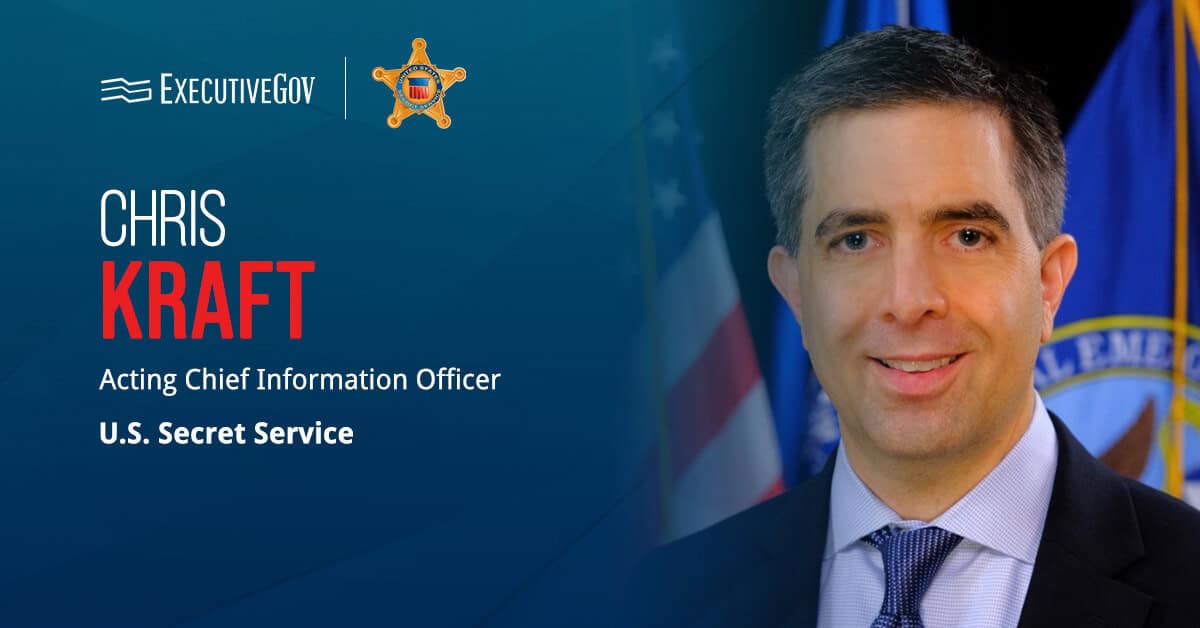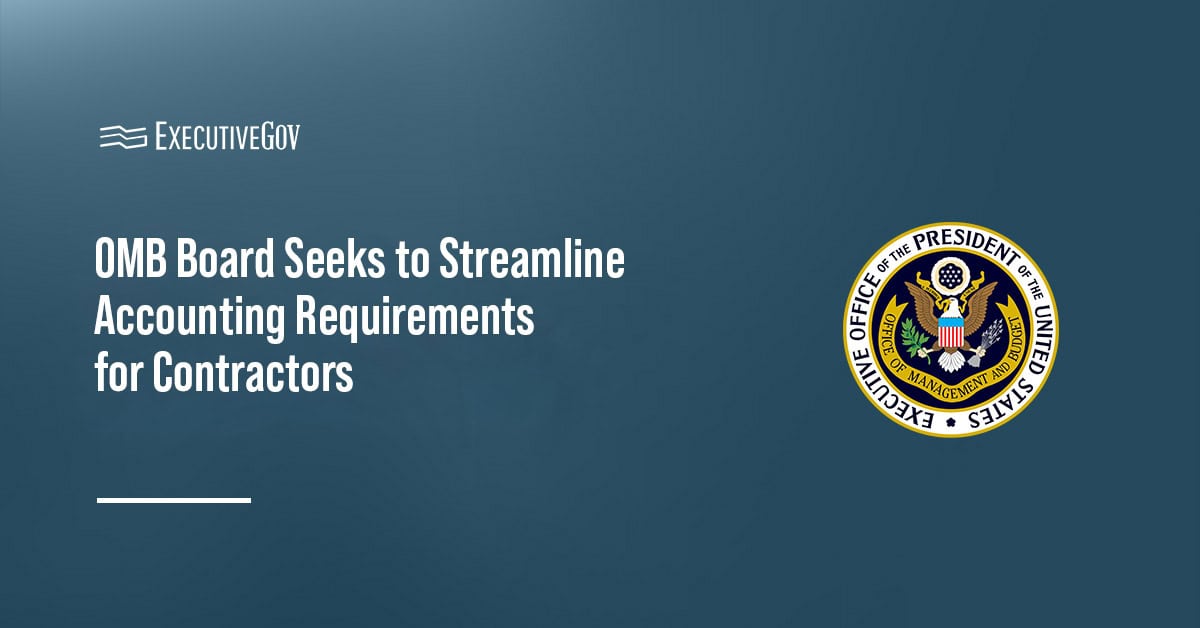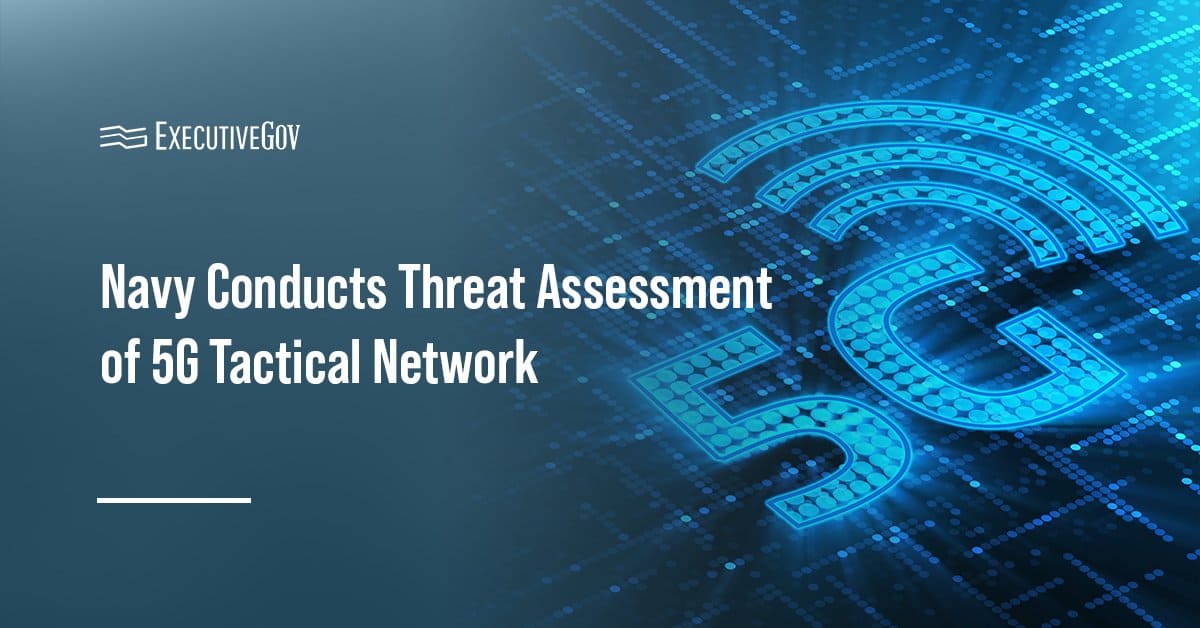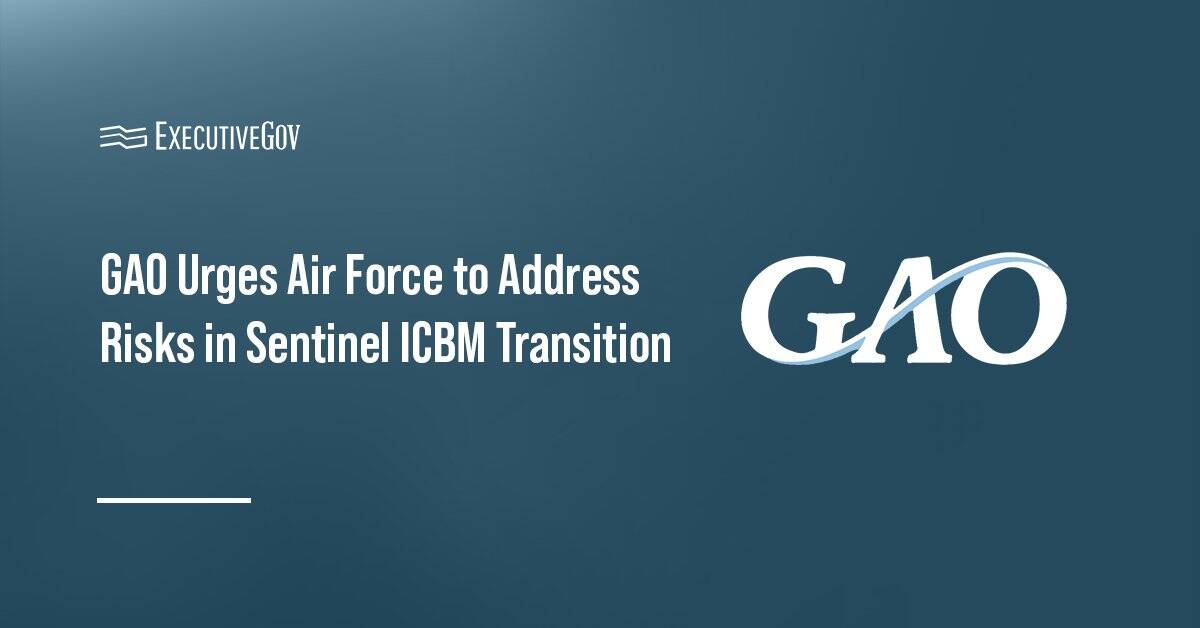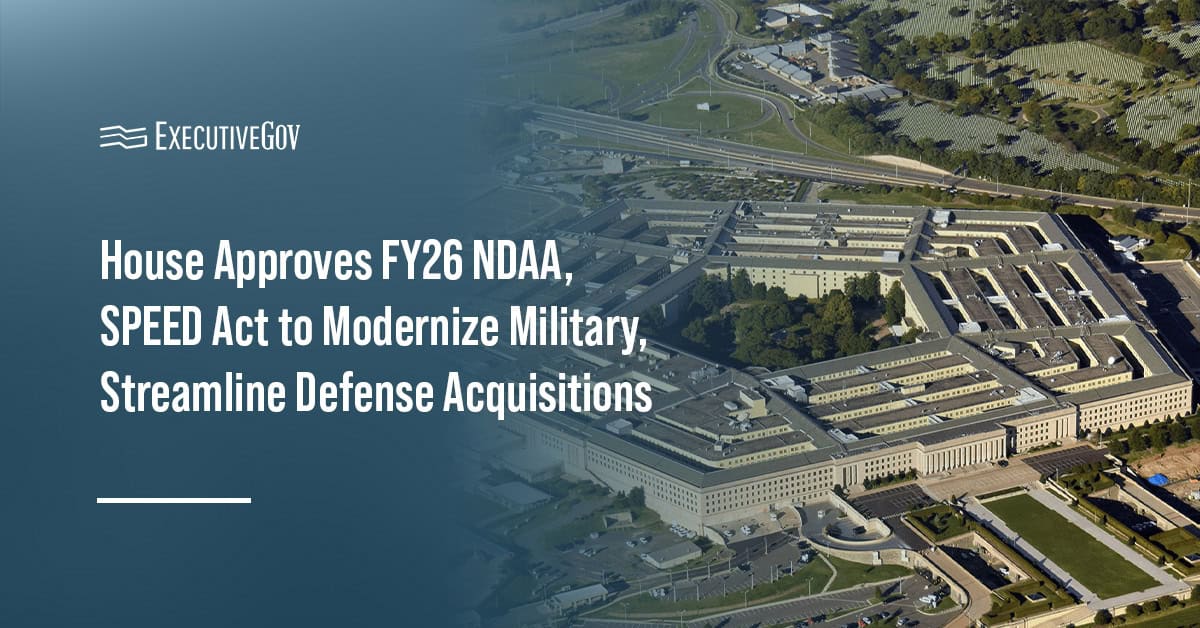The Department of Energy is providing a total of $134 million in funding for new research projects selected under its two programs aimed at keeping the United States’ lead in the fusion energy technology development.
The funding seeks to strengthen collaboration between the private fusion industry, DOE national laboratories and universities, accelerating progress in fusion research and innovation, the department said Wednesday.
Table of Contents
FIRE Team Awards
The awards include $128 million for seven research teams chosen for the Fusion Innovative Research Engine, or FIRE, collaboratives of national labs and academic institutions. The FIRE teams’ projects aim to build a national fusion innovation ecosystem by creating virtual, centrally managed units connecting DOE’s Fusion Energy Sciences research programs with the fusion energy industry.
The department plans to invest a total of up to $220 million in FIRE collaboratives over a four-year period, with a $31 million allocation sought from Congress for fiscal year 2025.
Discover the latest requirements in energy and national security at the Potomac Officers Club’s 2025 GovCon International and Global Defense Summit on October 16!
INFUSE Company Projects
Twenty company projects were also chosen under a $6.1 million award for the department’s Innovation Network for Fusion Energy, or INFUSE, program aimed at streamlining private sector collaboration with national labs and universities.
The technology areas covered by the awardees’ projects include materials science, laser technology, high-temperature superconducting magnets, and AI use for fusion modeling and simulation.
Six companies selected under INFUSE – Focused Energy, Commonwealth Fusion Systems, Realta Fusion, Tokamak, Type One and Xcimer – were also chosen in June 2023 to work with the DOE’s Oak Ridge National Laboratory. This was as part of the $46 million Milestone-Based Fusion Development program for the creation of a fusion pilot plant in five to 10 years.


